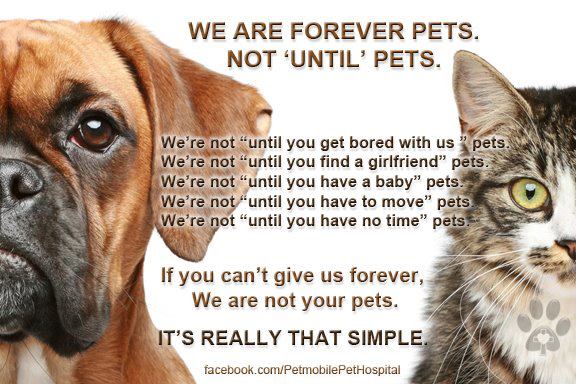Facial recognition software has played a key role in solving some of the most publicized and critical criminal cases, including the Boston Marathon bombing case that shocked us so recently. Last Tuesday, this technology was released to dog lovers the world over in the form of a free mobile app, Finding Rover. According to a press release out of San Francisco,
More than 10 million pets go missing each year, according to the Humane Society of the United States. Finding Rover's state-of-the-art facial recognition technology helps reunite more dogs with their owners by enabling anyone to instantly identify a missing dog on the spot by taking a photo on a mobile device.
I spoke to CEO and founder of Finding Rover, John Polimeno, about Finding Rover and the adventure that was its creation. If I could use one word to describe Polimeno, it would be "infectious." His desire to save every dog is childlike, yet with the use of the most advanced technology available–newly developed just for his vision–will likely come close to getting the job done. "It was a dream I committed myself to," he beamed. And now it's happening.
WM: I can't even tell you how excited I am about this app. As soon as I heard about it, it was downloaded on my iPhone, and I created a profile for my dog. It is amazing, and is really going to change things for lost pets and their families.
Polimeno: I'm really excited too! The app was released on Tuesday at 5 p.m., and we had over 2000 downloads within 24 hours.
WM: That's fantastic. How did you get the idea for Finding Rover?
Polimeno: Well, my wife, Kristie, and I were sitting at a coffee shop.
(I couldn't help but think, "of course...isn't that how all genius ideas begin?")
Polimeno: We saw a lost dog poster, and we remembered the trauma of losing our own dog. How we drove the kids around and how awful it was. A dog is a beloved family member, and if it goes missing, it can be devastating to everyone involved. We thought that there has to be a better way.
WM: Had you ever created an app before?
Polimeno: (chuckling) No. I was in the construction business, and I was going to retire.
WM: So how did you develop Finding Rover? How long did it take?
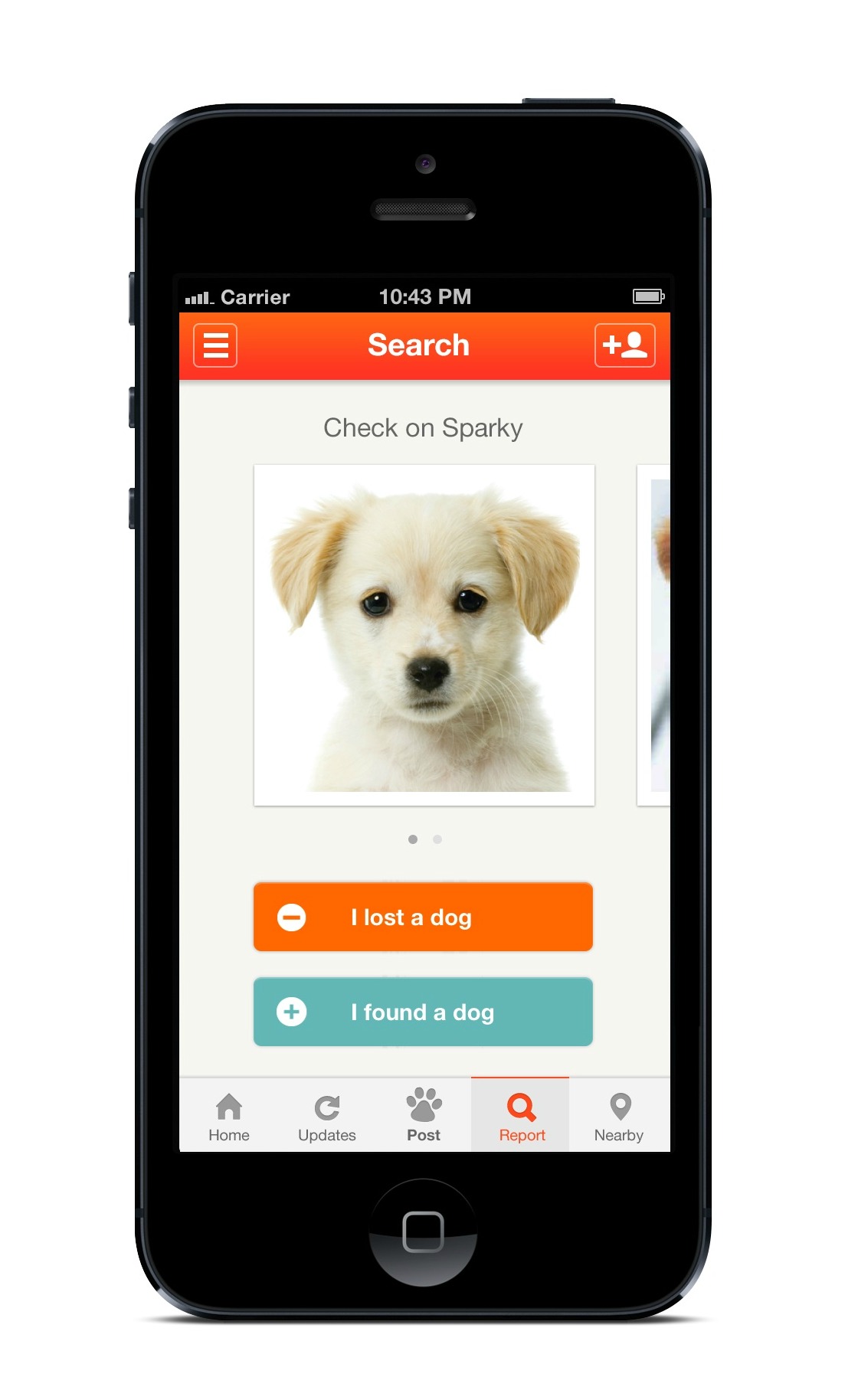
Polimeno: It took three years to develop. I started by taking the idea to five different facial recognition technology companies around the world. They all said 'no, we do people.' So then I took it to universities. At last, University of Utah's Software Development Center said 'we do people. It would be really hard to do. But we'll give it a try, if you'll fund the research.' So I funded a year of research. The technology is based on facial recognition software, but was created to work specifically for dogs, and specifically for this app. You can put 100 German Shepherds in the group, and yours will pop up. The software is very complicated.
WM: Wow. To me, dog faces are much harder to distinguish between than human faces.
Polimeno: The software doesn't know it's a dog.
WM: When I downloaded the app, I noticed registration on Finding Rover is incredibly simple.
Polimeno: It's not intrusive. We wanted people to be able to register their dogs and not have to enter in a bunch of personal information. Only when you lose your dog are you asked for your phone number, just so people can contact you. The app is clean, and we want to keep it that way.
WM: This must have been an expensive venture, but the app is free. Will you eventually charge for it so you can recoup your costs?
Polimeno: No. Never. The app will always be free. I haven't figured out how to recoup costs, and I'm not even thinking about that right now. I just want to help people find their dogs. Maybe there will be sponsorships or something in the future, but right now, the goal is to get 50 million dogs registered. It was just released Tuesday, and people are already finding their dogs. That's so cool.
WM: That is cool.
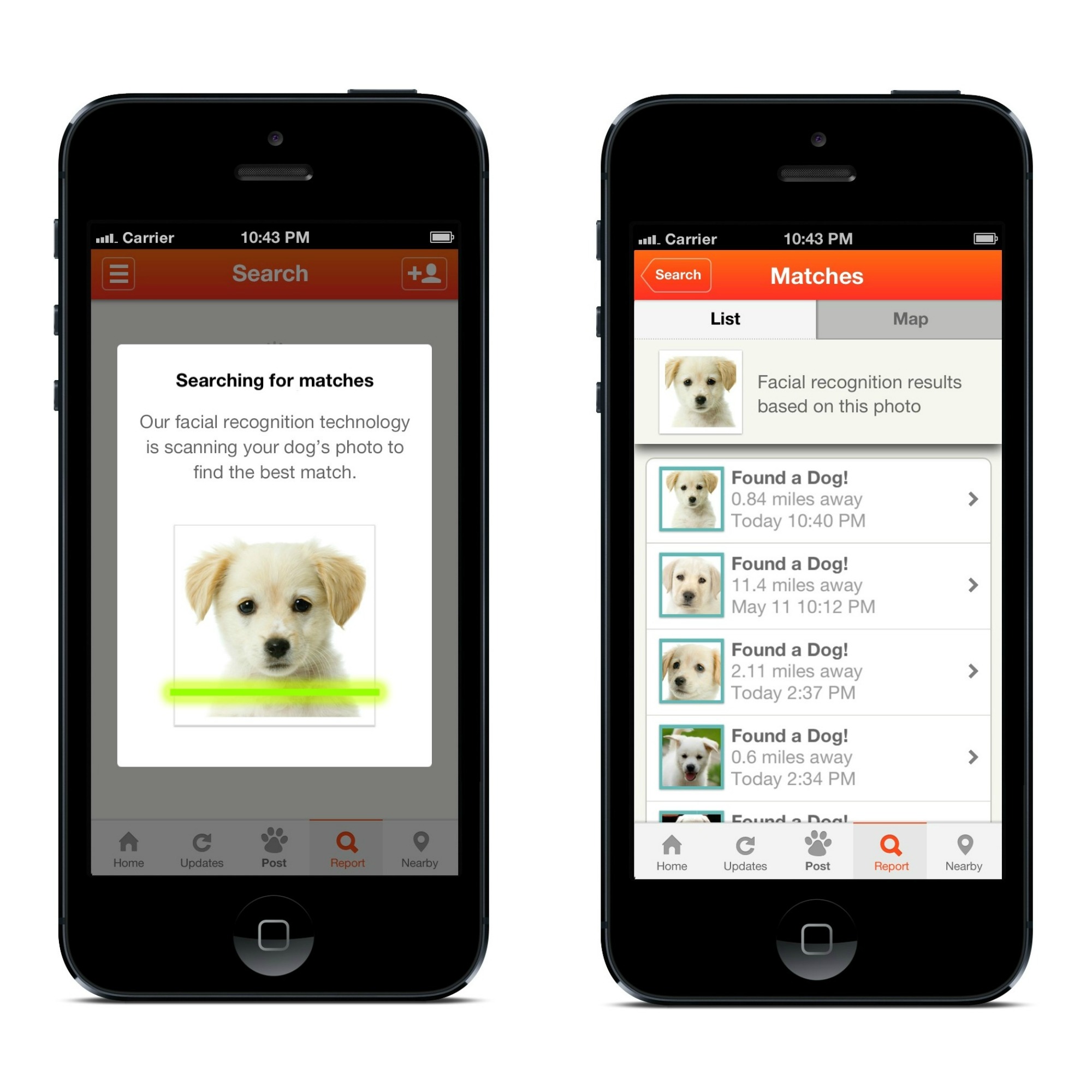
Polimeno: I want anyone in the world to be able to use it, so it will always be free. Currently, the app is available on iPhone, but there are plans to release an app for Android this year. People who aren't smart-phone savvy will be able to register on the Web site. It's all about your dog, and it's about bringing people together to help each other.
WM: What if I haven't downloaded Finding Rover, yet, and my dog is lost. Is there anything I can do?
Polimeno: Yes, you can upload a photo that exists in your photo library. Even if the photo isn't suitable for facial recognition, you can still post any picture of your lost dog for others to view.
He went on to explain that even if you don't have a dog, you should still have the app. People often hesitate to pick up dogs because they think they might get stuck with them. If you can find the owner on Finding Rover, it makes it convenient to do a good deed. And it goes beyond the individual. Shelters and vets can also use Finding Rover to quickly reunite owners with their lost pets.
WM: So, would you recommend Finding Rover over microchipping?
Polimeno: No, no. Pet owners should do everything they can. Finding Rover is free, and there is a cost with microchipping. That might make a difference to some people. Our goal is to rescue every lost dog.
WM: This is awesome. You have such a fantastic energy.
Polimeno: Well, it's positive! It's all about dogs and helping people.
It is positive. And we need positive in this world right now.
Polimeno is genuine. He is so excited to help people find their dogs, he can hardly contain himself.
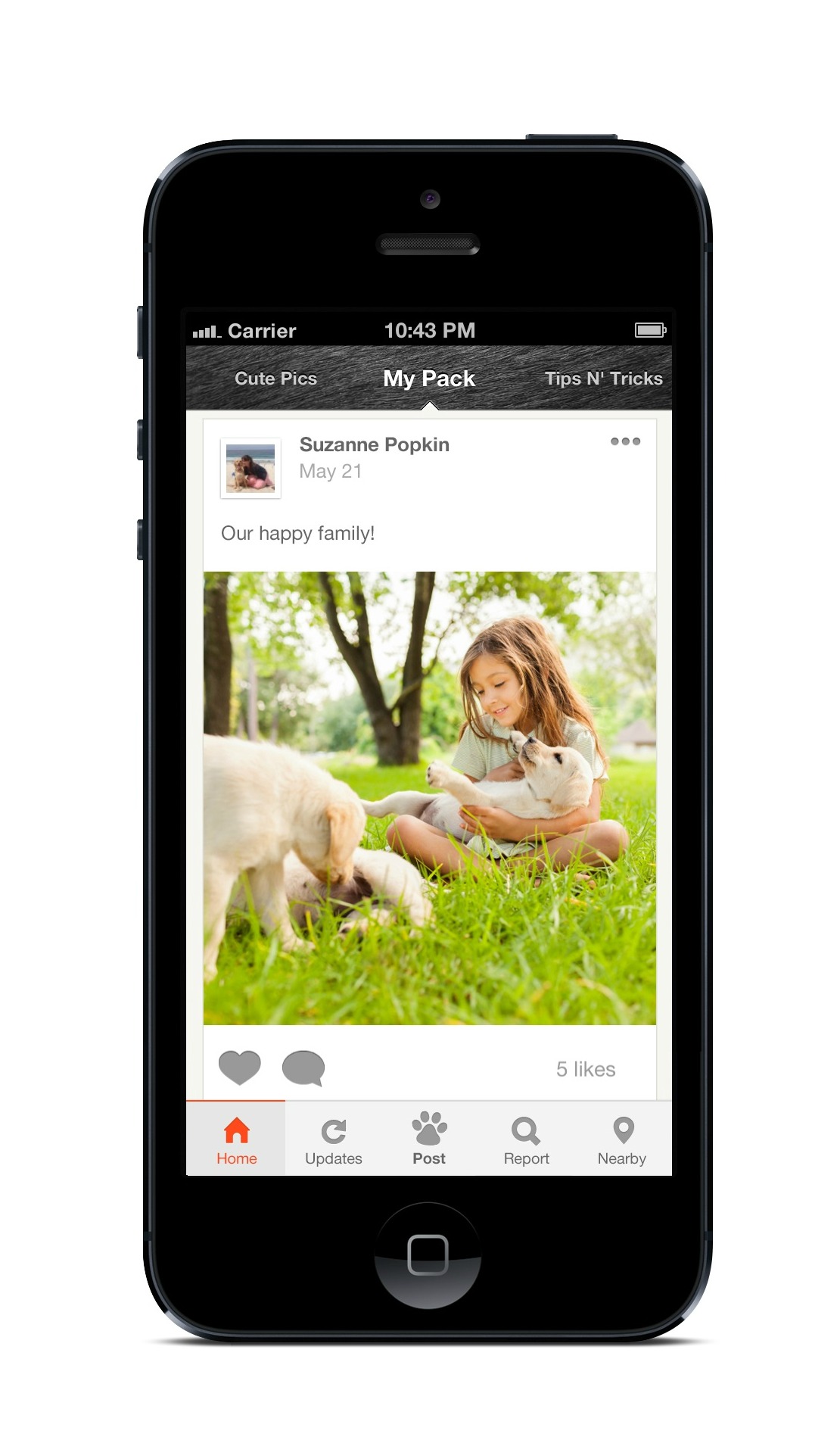
Finding Rover also has some fun features. You can create and/or join a "pack," a group of dog owners who have something in common. If the shelter from which you adopted your dog has a pack, you can connect with other pet owners who have adopted a dog from the same shelter. Or perhaps your neighborhood or office could have a pack. The app also offers a "tips & tricks" tab, where you can ask and answer canine-related questions. There's even a place to just post cute photos of your dog. Social media for dog owners. What more do we need? Polimeno explained,
people are turning to niche social media platforms, such as Finding Rover, as a way to communicate with people with similar interests. Finding Rover is for anyone who cares about dogs and wants to make sure they find their way back home, regardless of if they own a dog or not. Our goal is to be an essential part of dog lovers' day-to-day routine that they can rely on in the event of a missing dog.
My experience with the app has been great. It is easy to register your dog, and Finding Rover even takes the difficulty out of getting that perfect face-front shot. You just align your dog's eyes with a line on the screen, and if you can't get your dog to look, just hit the "bark" button, equipped with two sounds sure to get your dog's attention. Snap! It's that easy.
I believe that Finding Rover will change the face of the lost-dog problem. And with John Polimeno at the helm, it can't lose. Download Finding Rover now, and join the community. Share this exciting news with your friends so there are no more lost dogs.


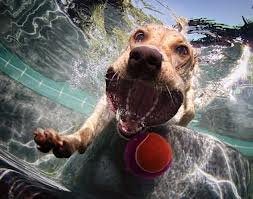
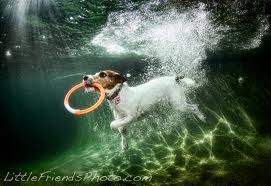

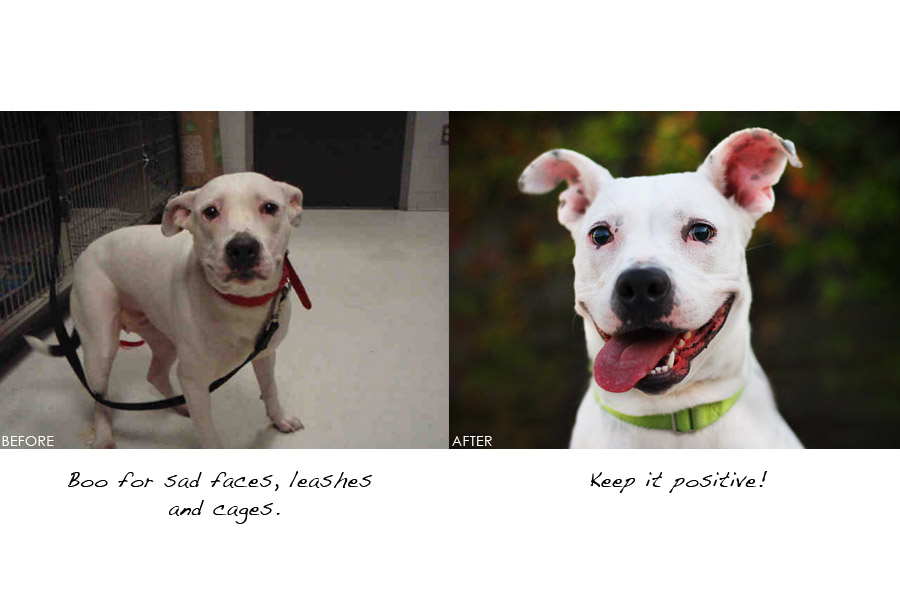
 Web sites such as
Web sites such as 


